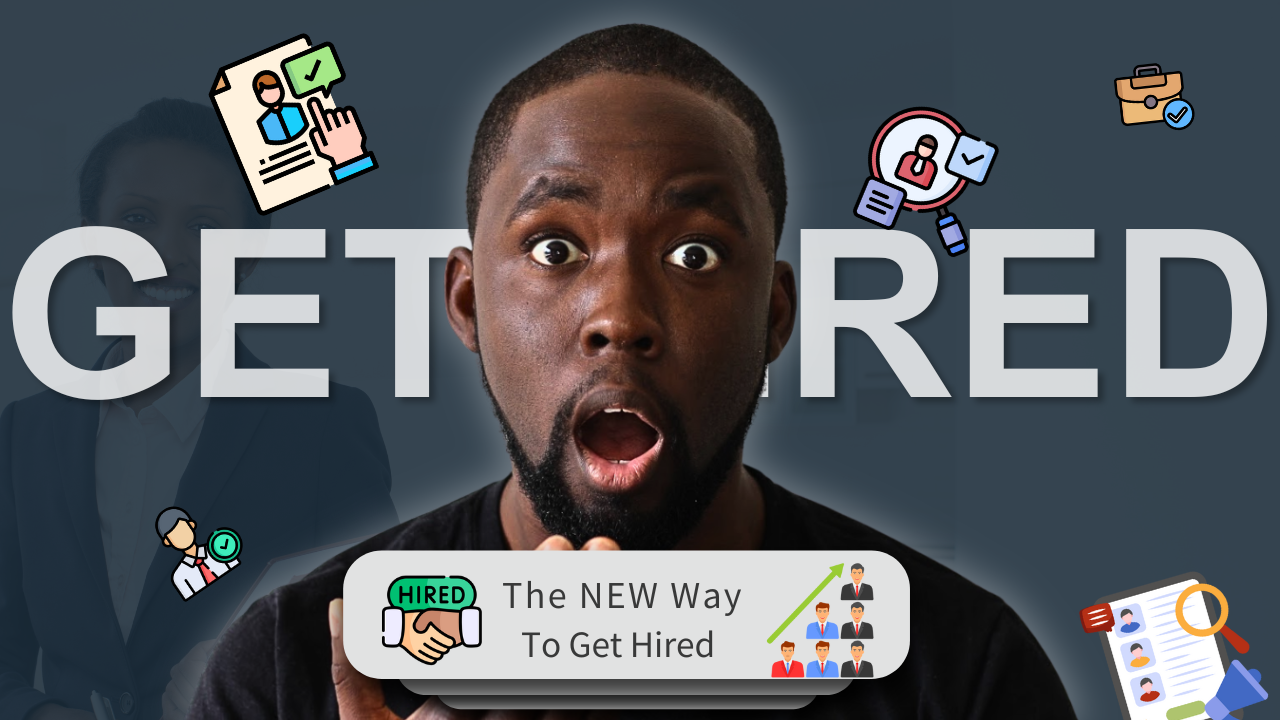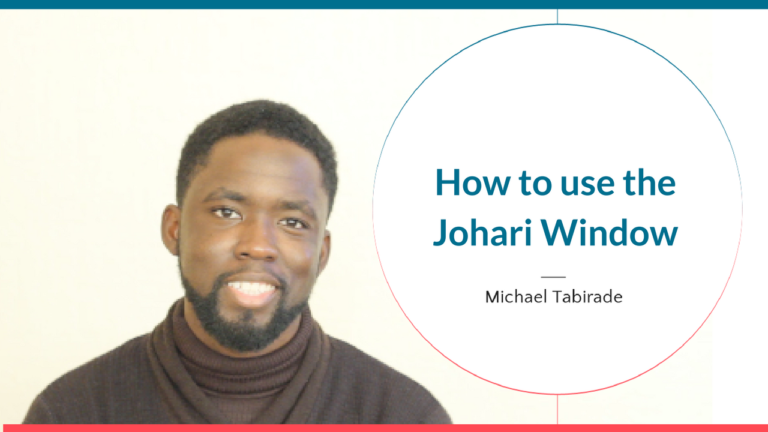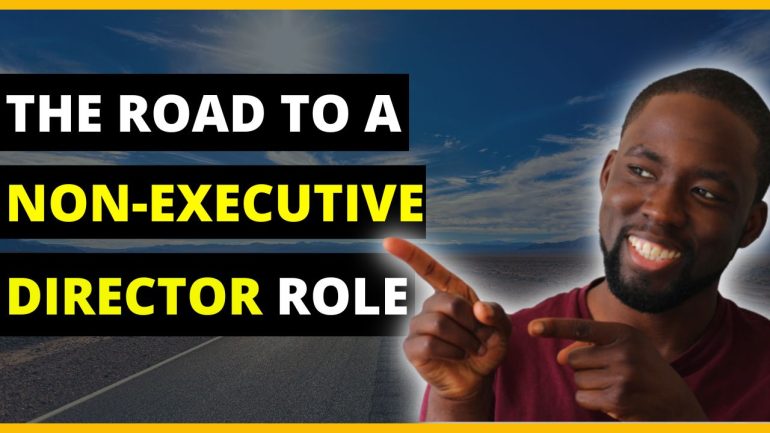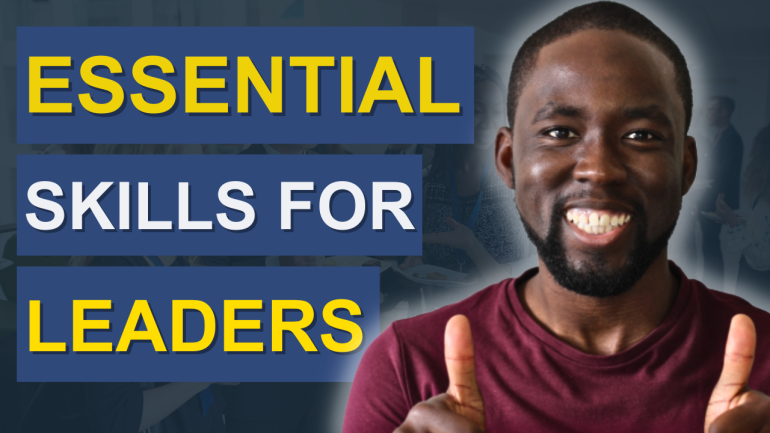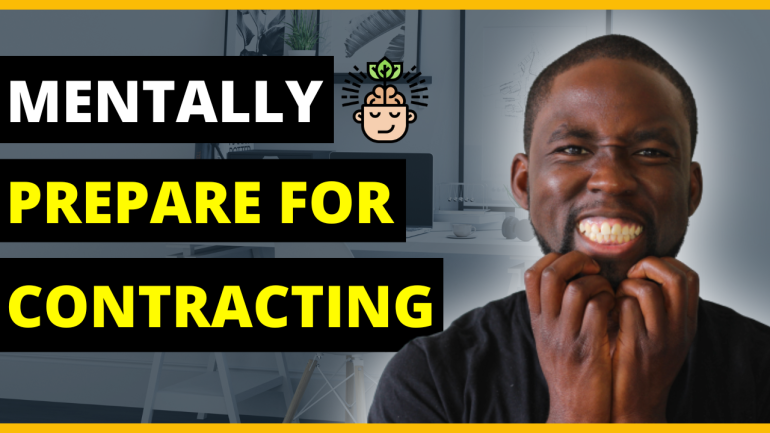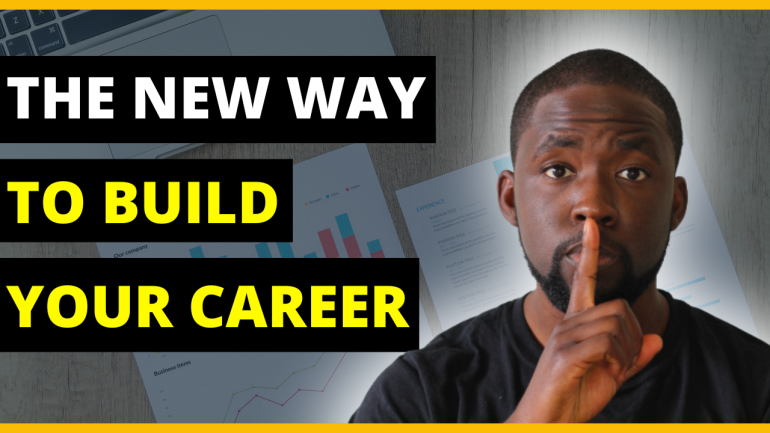What Recruiters Won’t Tell You About Getting Hired in 2025
Have you ever felt like your CV is disappearing into a black hole? You’ve tailored it, written the cover letter, pressed “submit”… only to be met with silence, or worse, a cold rejection with no explanation. If that sounds familiar, you’re not alone. I’ve been there, and so have countless professionals I’ve worked with.
The hiring system isn’t designed in your favour. Between applicant tracking systems (ATS) that filter out 90% of applications, and the hidden job market where 80% of opportunities aren’t even advertised, it can feel impossible to break through. But here’s the good news: the key to getting hired in 2025 isn’t fighting the system, it’s stepping outside of it.
In this article, I’ll share how to do exactly that. Drawing from my own journey as a programme management consultant and the strategies I’ve seen work time and again, I’ll show you why connection, not CVs, is your real competitive advantage.
The Problem with Playing the Numbers Game
When I first started out, I thought the formula was simple: create a master CV, tailor it for different roles, and send it off in bulk. More applications meant more chances, right? Wrong.
What I quickly realised was that quality matters far more than quantity. ATS bots are trained to screen for keywords, rigid job specs, and even cultural cues. They don’t see your potential, your adaptability, or the unique blend of skills you bring. And when you do get through, you’re competing with hundreds of others chasing the same 20% of publicly advertised roles.
The result? Exhaustion, rejection, and in some cases diminished self-confidence. I’ve seen talented professionals lose belief in themselves after months of silence, not because they weren’t capable, but because the system is designed to filter them out.
So instead of fighting for scraps, the question becomes: how can you access the 80% of opportunities hidden from view?
Humanity Is Your Competitive Advantage
Recruiters and algorithms may filter, but humans hire. This is where connection comes in. Think about it: how many times have you heard of someone landing a role through “a friend of a friend” or a quiet referral? That’s not luck, it’s strategy.
I remember early in my career when I desperately wanted a specific role. Rather than rely on a blind application, I reached out to someone in the organisation and asked for a 15-minute chat. I was nervous, underprepared, and certainly didn’t have all the perfect questions lined up. But in that short conversation, my energy, curiosity, and genuine interest came across. That chat opened the door, and I eventually got the job.
Lesson learned: It’s not always about being the most polished; it’s about being human.
The 3Cs of Connection
Over the years, I’ve developed what I call the 3Cs of Connection: Curate, Converse, Community. This framework helps professionals build genuine relationships that often lead to opportunities.
1. Curate Your Space
Surround yourself digitally and physically with the people you admire or want to work with. This could mean:
- Following and engaging with industry leaders on LinkedIn.
- Regularly liking or thoughtfully commenting on their content.
- Attending events, meetups, or conferences where they’ll be present.
When I was exploring the digital transformation space, I curated my LinkedIn feed to feature thought leaders and recruiters in that field. Over time, consistent engagement meant my name was recognised before I even reached out.
Action step: Pick five people in your target industry and start engaging with them weekly. Think of it as planting seeds.
2. Converse with Intention
Once familiarity is built, it’s time to start conversations. And no, this doesn’t mean messaging someone directly to ask for a job. Instead:
- Compliment a piece of content or ask for their perspective on an industry trend.
- Invite them for a short call: “I really admire your work in X. Would you be open to a 15-minute chat to share more about your journey?”
- Prepare questions that show you’ve done your homework on their company, industry, or projects.
Think of this stage as a mini-interview. You’re not selling yourself outright; you’re building trust and curiosity. And in doing so, you’re also showcasing valuable skills like active listening and empathy, both of which employers prize.
PAR example:
- Problem: Wanted a role in digital transformation but struggled to break through ATS.
- Action: Initiated a 15-minute conversation with a hiring manager, showcasing my interest and asking informed questions.
- Result: Built a strong rapport, impressed them with curiosity and energy, and ultimately secured a role.
3. Build Community
The final step is expanding beyond one-off conversations. Every chat is a chance to ask: “Is there anyone else in your network you think I should connect with?”
This creates a ripple effect. One introduction leads to another, and soon you’ve built a supportive network where opportunities naturally surface.
Action step: At the end of every conversation, ask for one introduction. That’s it.
Shifting Your Mindset
It’s easy to feel powerless when the system shuts you out. But reframing the process as connection over competition changes everything. Instead of sending CVs into the void, you’re cultivating relationships, learning about industries, and letting your personality shine.
And here’s the bonus: even if a conversation doesn’t lead to an immediate job, it boosts your confidence. It reminds you that you have value, insights, and energy that people respond to. That in itself is career fuel.
Bonus Tip: Know Your PAR Story
Whenever you’re in conversation, whether casual or formal, be ready to share your value clearly. Use the PAR framework:
- Problem: What challenge did you or the team face?
- Action: What steps did you personally take? (Bonus points if you link it to a known methodology such as MSP or Agile).
- Result: What measurable outcome or positive impact followed?
If you can share two or three PAR stories with confidence, you’ll instantly stand out in any conversation.
Final Thoughts
The job market in 2025 is tough, but it’s not hopeless. ATS systems are gatekeepers, and most jobs aren’t advertised. That’s exactly why your humanity is your edge. By curating your space, conversing with intention, and expanding your community, you place yourself in the 80% of opportunities that never make it to job boards.
So, my challenge to you is this:
Who are three people you can reach out to this week to start a genuine conversation?
Remember, it’s not about the perfect CV, it’s about the right connection.
Understand. Reach. Expand.
Peace.
